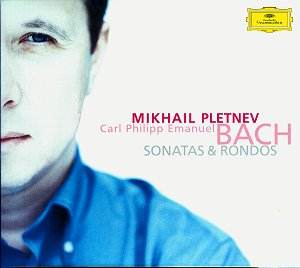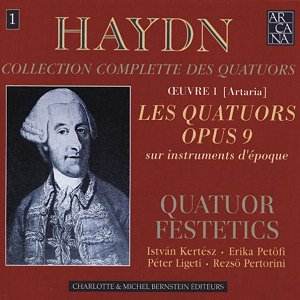 Composer: Erik Chisholm
Composer: Erik Chisholm
Works: Piano Concerto No. 1: Piobaireachd (rev 1937), Star Point, Sonatina in G minor, Four Elegies, Sonatina No. 4, With Cloggs On
Performers: Murray McLachlan (piano), Kelvin Ensemble, Julian Clayton (conductor)
Recording: Live performance, NAYO Festival, 28 August 2001
Label: Dunelm Records
Erik Chisholm, a composer whose work straddles the Scottish and South African musical landscapes, is experiencing a well-deserved renaissance. His Piano Concerto No. 1, titled “Piobaireachd,” originally premiered in 1933 and revised in 1937, draws inspiration from the rich tradition of Scottish bagpipe music. This recording, a live performance from the NAYO Festival in 2001, marks a significant occasion in the revival of Chisholm’s oeuvre, which has long been overshadowed in the concert repertoire. Murray McLachlan’s impassioned performance, alongside the Kelvin Ensemble, offers a compelling gateway into this unique sound world, characterized by its intricate interplay of Celtic melodic lines and contemporary harmonic language.
McLachlan’s interpretation of the concerto is both spirited and nuanced, capturing the distinctive character of Chisholm’s writing. The opening movement, with its drone-like undercurrents and the intricate ornamentation of the ‘urlar’ theme, is executed with a sensitivity that evokes the vastness of the Scottish Highlands. The pianist deftly navigates the virtuosic demands of the score, transitioning seamlessly from the lyrical passages to the more frenetic dance-like sections that follow. The inclusion of a toccata-like Scots dance amidst the thematic development showcases Chisholm’s clever amalgamation of folk idioms with classical forms, a quality that McLachlan articulates with remarkable clarity.
The second movement’s Scherzo presents a rhythmic exuberance, punctuated by bright brass flourishes, while the slow movement conjures an ethereal atmosphere, reminiscent of the picturesque Scottish landscape. Here, the piano’s melodic lines play against a backdrop of tremolo strings and muted trumpet, creating a nocturnal ambience that speaks to the introspective quality of Chisholm’s music. The finale bursts forth with infectiously lively dance rhythms, a testament to Chisholm’s ability to fuse traditional Scottish forms with modern orchestration. This culmination of contrasting moods is handled with finesse, culminating in a vibrant and exuberant conclusion that underscores the concerto’s brilliance.
The remainder of the disc features a selection of Chisholm’s solo piano works, which collectively enrich our understanding of his stylistic range. The G minor Sonatina, while reflective and at times rhapsodic, contrasts sharply with the more compact and charming Sonatina No. 4, which draws inspiration from early Spanish lute music. The Four Elegies, imbued with Bartókian echoes, present powerful emotional landscapes, each piece resonating with a unique poignancy. McLachlan’s performance throughout is marked by a deep connection to the music; his technical prowess complements the composer’s intent, providing a vivid interpretation that balances bravura with lyrical tenderness.
The recording quality is commendable, capturing the live energy of the performance while ensuring clarity in the orchestral textures and the piano’s voice. Though the performance features the occasional lapse in intonation from the ensemble, this does not detract from the overall impact, instead lending an authenticity to the live setting that is often absent in studio recordings.
Chisholm’s music emerges as a vital contribution to the British Isles’ classical tradition, one that speaks with a dissident and nonconformist voice amidst more familiar repertoire. This disc not only revives a significant work that has remained dormant for decades but also showcases the composer’s eclecticism and technical ingenuity. The performances by McLachlan and the Kelvin Ensemble are compelling, breathing new life into compositions that deserve a prominent place in the concert hall. A future exploration of Chisholm’s broader catalogue, including his operas and symphonies, would be a noteworthy endeavor in the quest to fully appreciate this remarkable composer.



